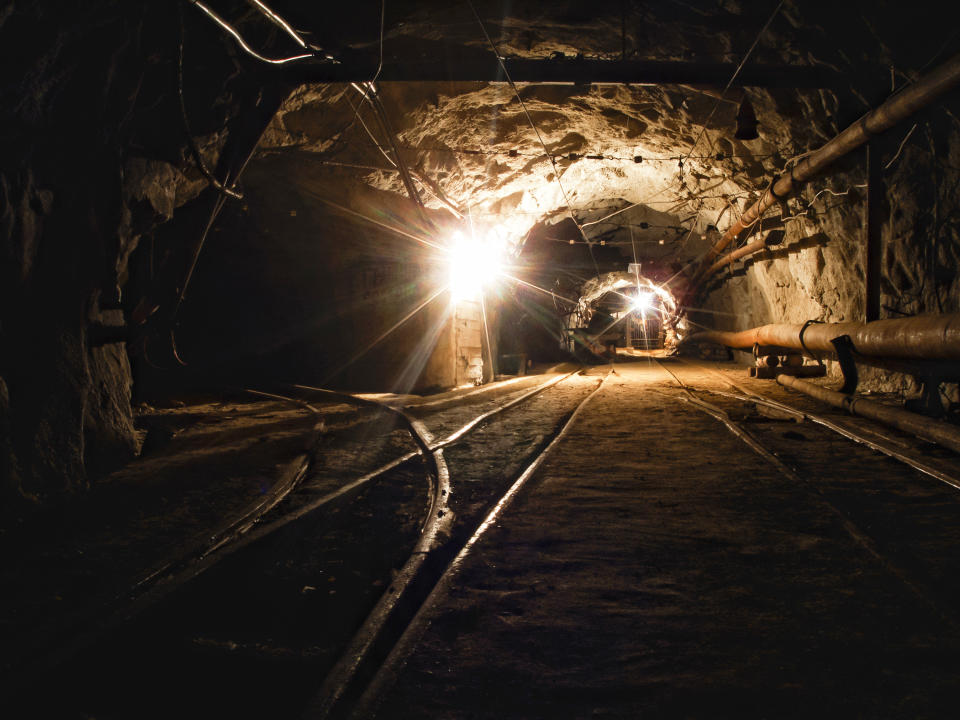Coal's Not Dead Yet, but This Producer Isn't Taking Any Chances
The long-term trend in the U.S. power market is clearly toward reduced reliance on coal. The fact that renewable power sources like solar and wind provided more energy to the grid than coal in April is basically just a sign of the times. And it helps explain why coal miner Alliance Resource Partners (NASDAQ: ARLP) has been working to expand into new areas of the energy sector. That said, coal's outlook isn't as dire as it sounds, and Alliance still has plenty of time to adjust.
A good headline
The U.S. Energy Information Administration (EIA) sent an email in late June announcing that renewable power had, for the first time ever, provided more power to the U.S. grid than coal. That's actually a huge statement, since for a very long time coal was, by far, the dominant fuel source in the country. That renewable power, which was once just a tiny player in the mix, had finally surpassed coal could, and probably should, be seen as a huge success for the sector.

Image source: Getty Images.
However, once you dig into the story a little more, the picture isn't quite as great as it seems. One of the biggest renewable contributors is hydroelectric power. That's pretty much always been in the mix and isn't going to be a major growth engine for renewables. In April, hydro benefited from a seasonal peak in water flows, boosting the electricity generated from this source. That helped to tilt the equation in renewable power's favor.
Solar and wind have continued to grow, for sure. But demand for electricity in April is seasonally weak, so utilities tend to run coal plants at lower utilization rates. So coal's production was relatively low. Add it all up and renewables were a greater contributor than coal, but it will likely be a temporary victory. Yes, it is a sign that coal's dominance of the energy grid is long gone. But it is not an indication that coal is dead. In fact, according to the EIA's long-term estimates, coal will remain an important contributor to the U.S. grid through at least 2050.
Shifting, slowly
This all helps provide a backdrop for Alliance Resource Partners' decision to use its coal business as the foundation for a slow transition into new areas. In fact, this coal miner operates largely in the Illinois Basin (ILB), which the EIA expects to see stable to increasing demand through 2050. The location and type of coal produced allows ILB coal to be cost competitive with other alternatives (notably natural gas). Cost seems to be a more important factor than the environment in the utility industry. In other words, Alliance is in an advantaged position relative to peers, and demand is likely to remain decent for years into the future, so Alliance is in a relatively strong position today.
Seeing the writing on the wall with coal, however, Alliance has been dipping its toes into oil and natural gas. The company now has interests in over 1 million acres of land spread across key domestic oil- and gas-producing regions. In 2018, this business generated $21 million in adjusted EBITDA. That was just 3% of the partnership's total adjusted EBITDA, but, as noted above, there's no particular rush for Alliance to change. It can take its time as it uses cash generated from its coal operations to diversify into new areas.
The oil and gas segment is the key platform for this effort and is growing quickly. Alliance is expecting its oil and gas assets to see an at least 75% increase in adjusted EBITDA in 2019, with a goal of 123%. At the high end of the estimate, oil and gas would provide roughly 6% of Alliance's adjusted EBITDA in 2019. But, in June, the partnership inked a $145 million deal that will expand its position in the Permian Basin. That materially increases the chances that Alliance will hit, if not exceed, its high-end targets. To be fair, 6% is still a relatively small number, but the segment is clearly growing quickly.
ARLP Dividend Per Share (Quarterly) data by YCharts
Meanwhile, Alliance has a fairly strong balance sheet. Long-term debt is just 25% or so of its capital structure, a reasonable figure for any business. And the partnership covered its trailing interest expenses 13 times over in the first quarter. Meanwhile, it covered its distribution by 1.6 times in the first quarter and announced a distribution increase. For reference, 1.2 times is considered strong for midstream limited partnerships. Alliance, then, is on solid financial ground, and so is its hefty 12% yield. Meanwhile, it is slowly transitioning its business into new areas that have greater long-term promise than coal.
Worth a closer look
Renewable power is going to be important in the future, but coal isn't dead yet. Although investors are clearly concerned about Alliance's coal focus, it is well positioned to use its still-strong coal business to broaden its operations. And there doesn't appear to be any rush to do so; Alliance is financially strong and can take its time as it invests for the future. If that sounds like an interesting investment opportunity, you'd be correct. More aggressive income investors should be doing a deep dive into this high-yielding coal miner.
More From The Motley Fool
Reuben Gregg Brewer has no position in any of the stocks mentioned. The Motley Fool has no position in any of the stocks mentioned. The Motley Fool has a disclosure policy.

